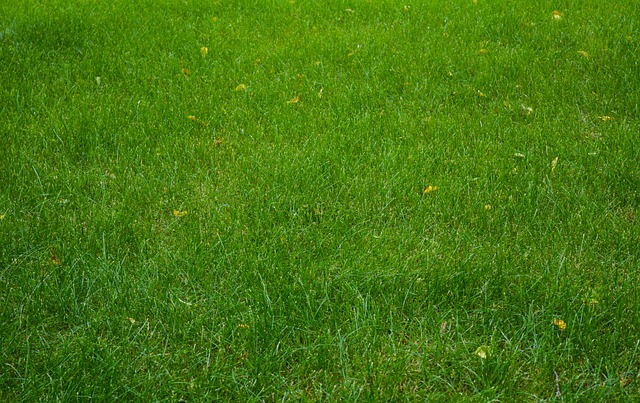Lawn Care and Landscaping can be transformed with simple techniques like mulching and edging. Mulching improves soil health, suppresses weeds, and promotes deep root growth, while edging defines clean boundaries for a neat appearance. Integrating these practices enhances lawn aesthetics, reduces water loss, and inhibits weed growth, ultimately simplifying maintenance and fostering a vibrant green yard.
Transform your lawn into a picture of perfection with effective mulching and edging techniques. This comprehensive guide explores the art and science of lawn care and landscaping, focusing on how organic mulch can enhance soil health, suppress weeds, and improve water retention. We’ll delve into precise edging methods to achieve clean lines and polished edges, enhancing your outdoor space’s overall aesthetics. Discover the optimal approach by combining these practices for a lush, well-maintained lawn that stands out in your neighborhood.
- Understanding Mulching: Benefits and Best Practices
- Edging Techniques for a Neat Lawn Appearance
- Combining Mulching and Edging for Optimal Lawn Care
Understanding Mulching: Benefits and Best Practices

Mulching is an essential practice in lawn care and landscaping, offering numerous benefits that contribute to a lush, healthy grass surface. It involves placing organic or inorganic materials on top of the soil, creating a protective layer around the base of plants. One of the primary advantages is retaining moisture in the soil, which is crucial for establishing deep root systems and promoting overall plant growth. Organic mulches, such as wood chips or straw, also improve soil structure, enhance fertility, and suppress weeds naturally, reducing the need for chemical treatments.
When applying mulch, it’s best to follow certain practices for optimal results. Ensure an even layer, avoiding pile-up around tree trunks and shrubs to prevent rot. The depth should be consistent, typically 2-4 inches, to strangle weed growth without smothering plants. Regularly replenish the mulch to maintain its effectiveness, as it decomposes over time. This simple yet powerful technique is a game-changer in lawn care, ensuring your landscaping efforts thrive with minimal maintenance.
Edging Techniques for a Neat Lawn Appearance

Maintaining a lush, well-manicured lawn is an art, and one of the essential techniques in the landscaper’s toolkit is edging. This precise practice involves defining the boundaries between your lawn and paths, gardens, or other landscaping features, ensuring a neat and polished look. There are several edging techniques to choose from, each offering its unique style and level of complexity. From basic hand tools like string trimmers and edgers to more advanced power equipment, selecting the right method depends on personal preference, lawn size, and desired aesthetics.
For a quick and easy solution, manual edging with a string trimmer is popular among homeowners. This technique allows for creative design and precise control over the edge’s shape. For straighter lines, extending beyond the lawn’s perimeter, consider using an edger to slice through grass and expose the soil, creating a clean division. In larger landscapes, investing in power equipment like electric or gas-powered edgers can save time and effort. These tools offer increased speed and reach, ensuring quick and efficient edging around complex flower beds or along pathways, thereby enhancing your lawn care and landscaping efforts.
Combining Mulching and Edging for Optimal Lawn Care

Combining mulching and edging is a powerful duo for enhancing lawn care and landscaping. Mulching involves applying organic or inorganic material on top of the soil to retain moisture, suppress weeds, and improve soil health over time. Edging, on the other hand, creates clean lines between your lawn and paths, flower beds, or neighboring properties.
By integrating these two practices, you can achieve a visually appealing and well-maintained yard. Edging helps define the boundaries of your lawn, while mulching contributes to a lush, vibrant green. This combination not only improves aesthetics but also simplifies maintenance tasks by reducing weed growth and minimizing water evaporation from the soil surface.
Mulching and edging are essential components of effective lawn care and landscaping. By understanding the benefits and best practices of mulching, as well as mastering various edging techniques, you can achieve a neat, healthy, and visually appealing lawn. Combining these two practices enhances overall lawn maintenance, ensuring your outdoor space not only looks great but also remains robust and vibrant.
